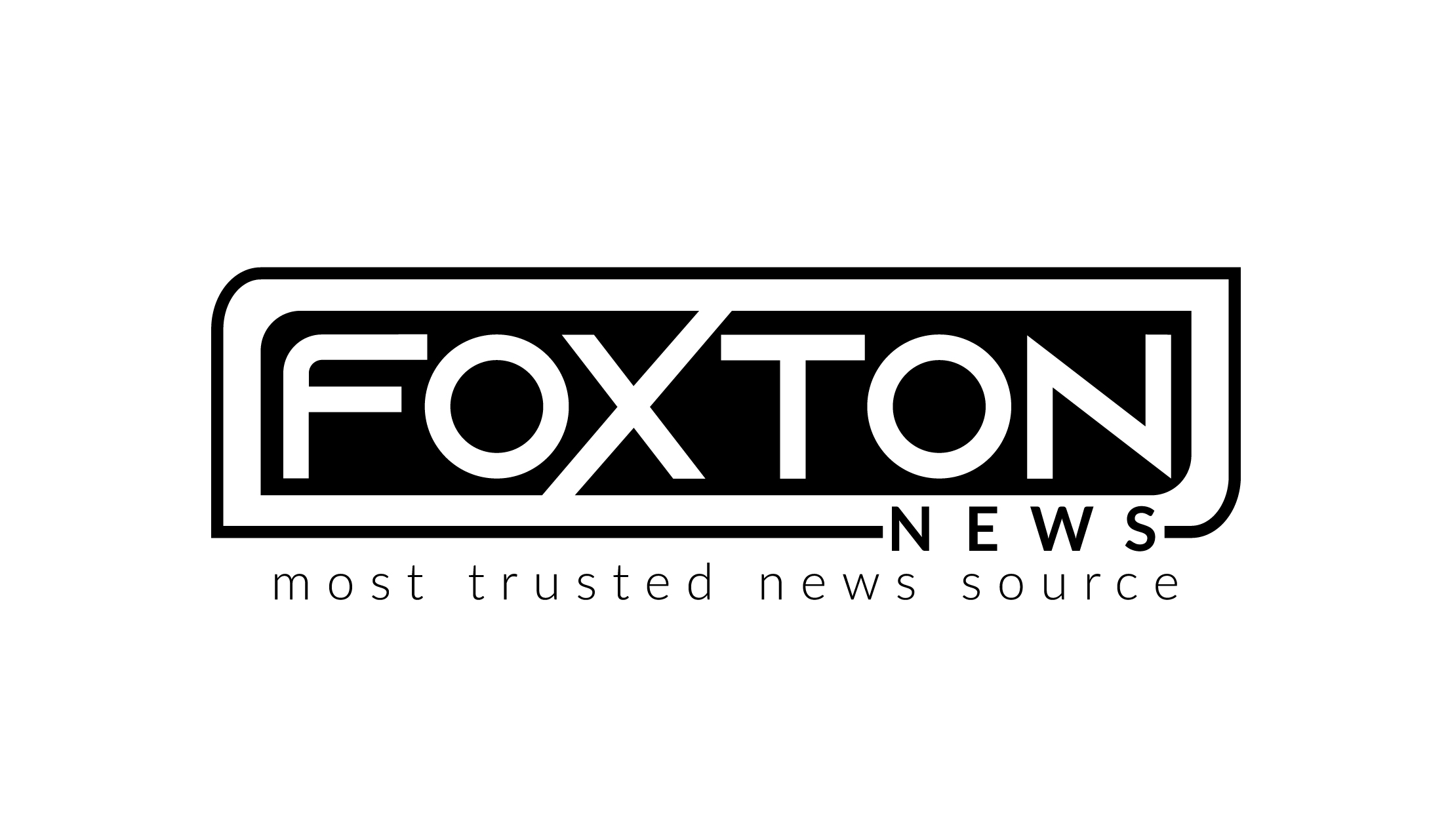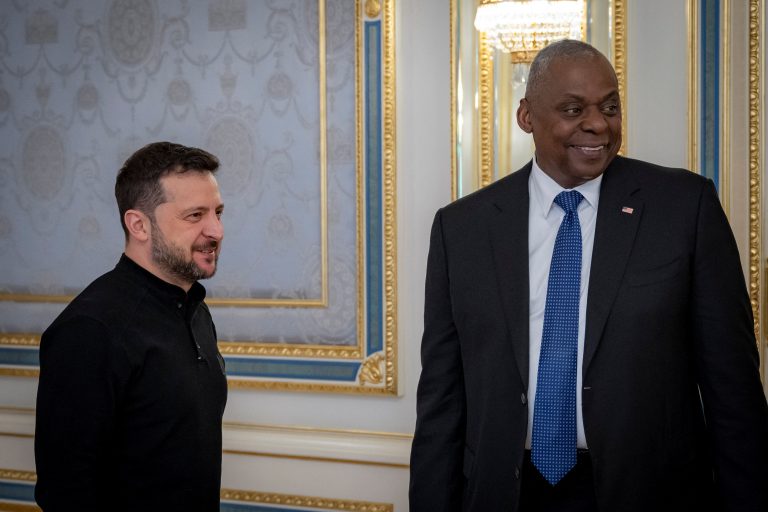Summary
- U.S. Defense Secretary Austin affirmed that Congress will support Ukraine after the presidential election.
- His visit is not expected to result in the lifting of U.S. weapons restrictions.
- U.S. officials report that Russia has incurred approximately 600,000 casualties.
- The Russian offensive in eastern Ukraine continues without any signs of abating.
KYIV, Oct 21 (Reuters) — U.S. Defense Secretary Lloyd Austin announced a significant new arms package for Ukraine, totaling $400 million, during his visit to Kyiv. This announcement comes just two weeks before the U.S. presidential election, raising concerns about the future of Western support for Ukraine.
Austin’s trip marked his fourth visit to Ukraine and is likely his last as Secretary of Defense under President Joe Biden. The focus of his visit was to strengthen U.S. assistance to bolster Ukraine’s defenses, especially as Russian forces continue to gain ground in the eastern regions of the country.
In his remarks, Austin emphasized the importance of Ukraine’s struggle against the ongoing invasion led by Russian President Vladimir Putin. He framed this conflict as not just a regional issue but one that directly impacts Western security. He warned that failing to support Ukraine would allow “Putin’s shadow” to extend over all of Europe.
Austin characterized Putin’s aggression as a forewarning of a future dominated by authoritarian regimes. He stated, “It is a sneak preview of a world built by tyrants and thugs — a chaotic, violent world carved into spheres of influence.” This statement highlights the broader implications of the conflict beyond Ukraine’s borders.
As Austin arrived in Kyiv following an overnight train journey from Poland, new reports emerged of Russian attacks on the capital. These assaults caused damage to residential buildings and resulted in injuries to at least one civilian, underscoring the ongoing dangers faced by Ukrainian citizens.
Ukrainian President Volodymyr Zelenskiy, keen to regain an advantage in the fight against Russian forces, discussed with Austin the possibility of easing restrictions imposed by the Biden administration. These restrictions currently limit the use of U.S.-supplied weapons against targets deep within Russian territory.
However, Austin made it clear that no changes to U.S. policy would be announced during his visit. Instead, he confirmed that additional military support would consist of more munitions, armored vehicles, and anti-tank weapons for Ukraine.
This visit comes at a critical time, just ahead of the U.S. presidential election set for November 5. Former President Donald Trump, the Republican candidate, is in a tight race against Vice President Kamala Harris, the Democratic nominee.
Trump has indicated a potential shift in U.S. policy towards Ukraine, suggesting that he may be less inclined than Biden to provide ongoing support. This raises concerns that Ukraine could lose its largest military and financial supporter, which would have significant repercussions for its defense efforts.
The uncertainty surrounding U.S. support is palpable as Ukraine continues to navigate the challenges posed by the Russian offensive. Ukrainian officials remain focused on rallying international support while also adapting their strategies to counteract Russian advances.
Austin’s visit is seen as a reaffirmation of U.S. commitment to Ukraine, even amid the political uncertainty in Washington. His statements aim to reinforce the idea that the fight against Russian aggression is vital for the stability of Europe and the values shared by democratic nations.
As the conflict continues, the situation in eastern Ukraine remains precarious, with Russian forces making incremental gains. The resilience of Ukrainian troops, bolstered by international assistance, will be crucial in the coming weeks as they seek to turn the tide of the war.
Ultimately, the outcome of the upcoming U.S. election will likely influence the trajectory of support for Ukraine, making Austin’s visit a critical moment in a fluid and evolving geopolitical landscape. The stakes are high, and both U.S. and Ukrainian leaders are aware of the implications of their decisions in this ongoing conflict.
Austin downplayed these concerns, stating, “I’ve observed strong bipartisan support for Ukraine over the past two and a half years, and I fully expect that this support from Congress will continue.”
‘TOUGH SLOG’
The retired four-star general has emerged as one of Ukraine’s most fervent advocates, successfully rallying a coalition of dozens of nations. This coalition has supplied Kyiv with vital weaponry, enabling it to deliver significant blows to Russian forces throughout the conflict.
A U.S. defense official, who requested anonymity, revealed that Russia has suffered approximately 600,000 casualties, including both killed and wounded troops, since the onset of the war. Notably, September marked the month with the highest number of Russian fatalities and injuries.
Despite these staggering losses, President Putin appears resolute in committing more forces to a costly offensive in the Donbas region of eastern Ukraine, an area that Moscow claims as its own territory. The determination to maintain this assault demonstrates the ongoing intensity of the conflict.
“It’s a very tough fight and a tough slog,” Austin acknowledged, reflecting on the numerous challenges confronting Ukrainian forces as they continue their defense against the Russian invasion.
As the war persists, Kyiv is actively working to keep its struggle in the spotlight of Western attention, even as escalating conflicts in the Middle East capture international headlines. The urgency of Ukraine’s situation remains critical, necessitating ongoing support from its allies.
Last Thursday, President Zelenskiy met with Austin at NATO headquarters in Brussels, where he presented his “victory plan.” While he received assurances of continued backing, key allies refrained from endorsing his request for an immediate invitation to NATO membership.
When asked about the victory plan during his Brussels visit, Austin stated, “It’s not my position to evaluate publicly his plan.” This response underscores the complexities surrounding Ukraine’s aspirations for deeper integration with NATO.
Experts suggest that Kyiv may need to make difficult decisions regarding its military strategy, particularly concerning the management of its stretched forces. One pressing question is whether to maintain control over territory seized in Russia’s Kursk region during a surprise offensive this summer.
This unexpected Kursk offensive caught the United States off guard, raising questions about the effectiveness of intelligence and strategic assessments regarding the conflict’s progression. Kyiv hoped the offensive would shift the battlefield initiative away from Russia, potentially diverting Moscow’s forces from the eastern front.
However, Putin remains focused on capturing the strategic city of Pokrovsk in eastern Ukraine, a vital logistics hub for Kyiv’s war effort. The ongoing battle for this key location highlights the complexities and stakes involved in the current military operations.
Despite receiving billions of dollars in U.S. military support—including advanced weaponry such as F-16 fighter jets and Abrams tanks—Ukraine is poised for a challenging road ahead. The resources provided have bolstered its defense capabilities, yet the situation on the ground remains precarious.
Although the invasion has significantly impacted Russia’s economy, diplomatic standing, and military effectiveness, the country is “not ready to call it quits,” according to a senior U.S. defense official. This statement underscores the tenacity of Russia’s commitment to the conflict.
The persistence of Russian forces places a considerable burden on the Ukrainians as they navigate the challenges of prolonged warfare. The resilience and adaptability of Ukrainian troops will be crucial as they seek to counter ongoing Russian advances.
As the conflict continues, both Ukraine and its allies are acutely aware of the stakes involved, not just for Ukraine’s sovereignty, but for the broader implications for European security. The need for cohesive and sustained support from the West remains imperative.
In summary, the situation in Ukraine is marked by both significant achievements and daunting challenges. The international community’s response and the strategic decisions made in Kyiv will play a critical role in shaping the conflict’s future trajectory.
With tensions high and the battlefield dynamic, the coming weeks and months will be pivotal. Ukraine’s leadership faces the dual task of maintaining international focus on their plight while making tough military decisions that could influence the outcome of the war.

